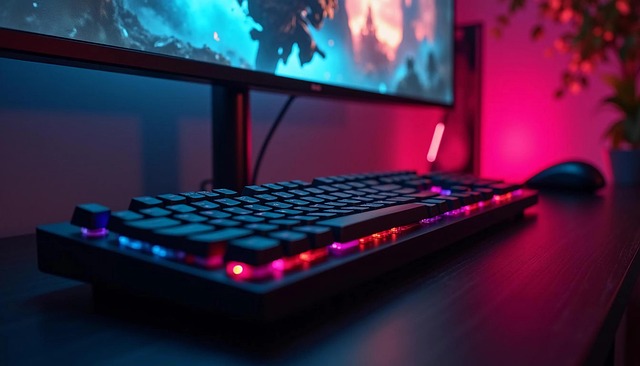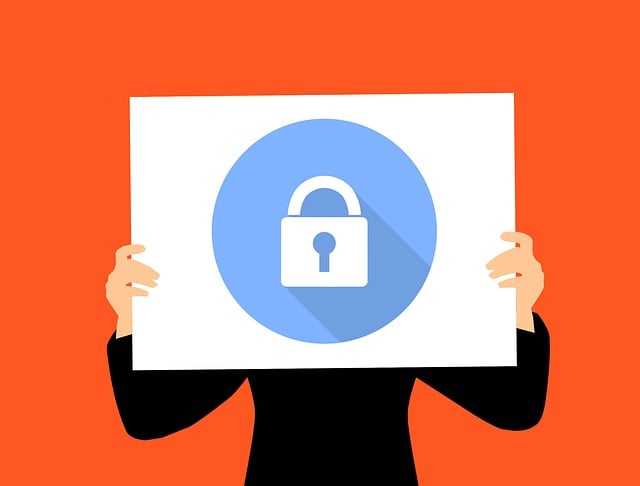Before installing a home security system, determine your priorities – motion detection, alarms, or surveillance – and consider a DIY approach for cost savings. This beginner's guide focuses on setting up a basic, affordable security system using readily available equipment. It covers selecting sensors, connecting them to a control panel, and configuring settings for optimal protection without breaking the bank.
Looking to enhance your home’s security without breaking the bank? A simple, DIY home security system is an effective way to protect what matters most. This comprehensive guide walks you through every step of installing a budget-friendly basic security system. From understanding your security needs and choosing the right equipment to preparing your home and testing your new setup, we offer a beginner’s guide for successfully installing a reliable, DIY home security solution.
- Understanding Your Basic Security Needs
- Choosing the Right Equipment for Your Budget-Friendly System
- Preparing Your Home for Installation: A Beginner's Guide
- Step-by-Step Instructions for DIY Home Security Setup
- Testing and Maintaining Your New Security System
Understanding Your Basic Security Needs

Before you begin installing a home security system, it’s crucial to understand your basic security needs. A DIY home security setup is an excellent way to get started, especially for those on a budget who want to maintain control over their own safety. Start by identifying what matters most to you – motion detection for intrusions, alarm systems to deter burglars, or surveillance cameras to monitor activity.
A basic security system needn’t be complex or expensive. Many beginner-friendly options are available that offer core features like door and window sensors, motion detectors, and a central control panel. These budget-friendly security systems can provide peace of mind while teaching you the fundamentals of home security setup and maintenance.
Choosing the Right Equipment for Your Budget-Friendly System

When setting up a DIY home security system on a budget, selecting the right equipment is key. Start by evaluating your needs and identifying essential components for a basic security setup. Look for a combination of door/window sensors, motion detectors, and a control panel that suits your requirements and fits within your chosen budget.
Prioritize quality over quantity; invest in reliable, user-friendly devices from reputable brands. Many modern options offer affordable yet advanced features, such as wireless connectivity and remote monitoring through smartphone apps. Remember, a well-chosen, budget-friendly security system can provide effective protection without breaking the bank.
Preparing Your Home for Installation: A Beginner's Guide

Step-by-Step Instructions for DIY Home Security Setup

Setting up a basic security system yourself can be a rewarding way to enhance your home’s safety on a budget. Here’s a straightforward, step-by-step guide for DIY beginners. Start by assessing your home and identifying entry points like doors and windows. Purchase a budget-friendly security system that includes door and window sensors, a control panel, and a monitor (or connect it to your smartphone).
Next, follow the manufacturer’s instructions for installation. This usually involves attaching sensors to doors and windows with adhesive or screws and connecting them to the control panel. Configure the settings according to your preferences—for example, setting triggers for alarms, defining entry codes, and customizing sensor sensitivities. Test each component thoroughly to ensure everything is working correctly before finalizing the setup.
Testing and Maintaining Your New Security System

